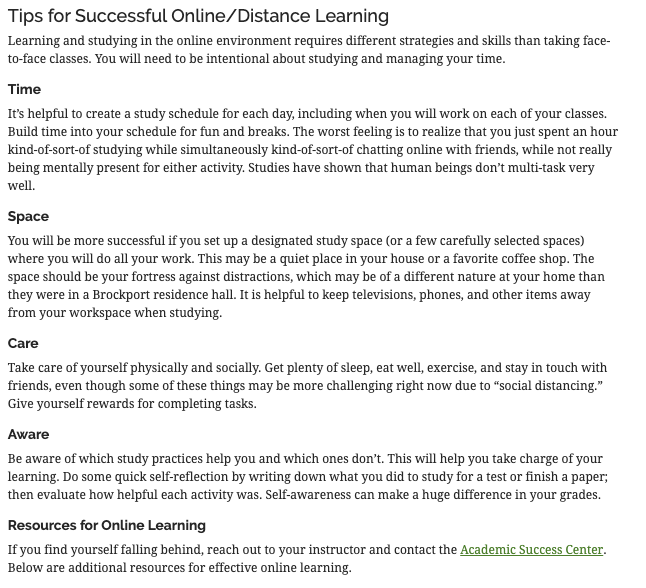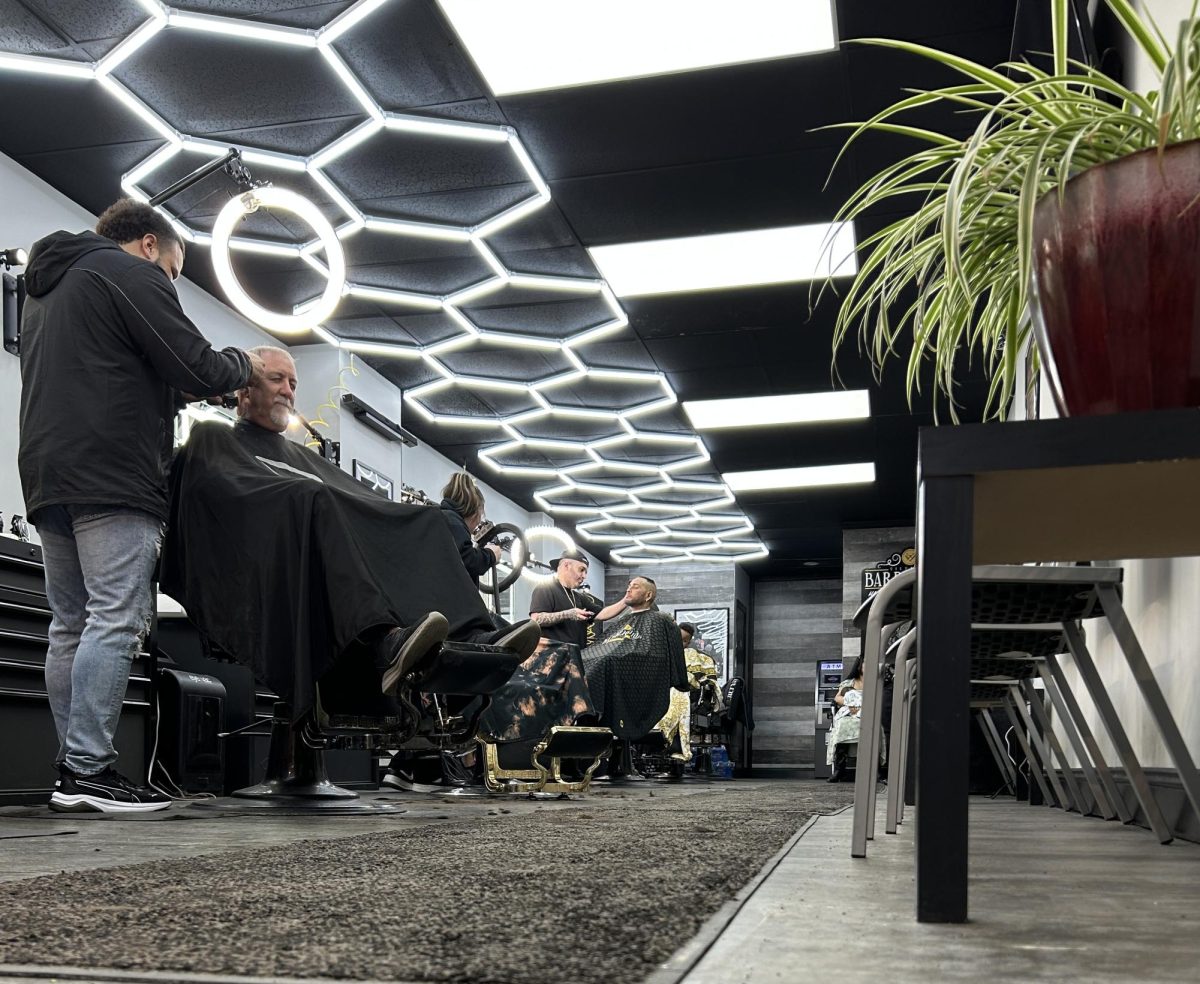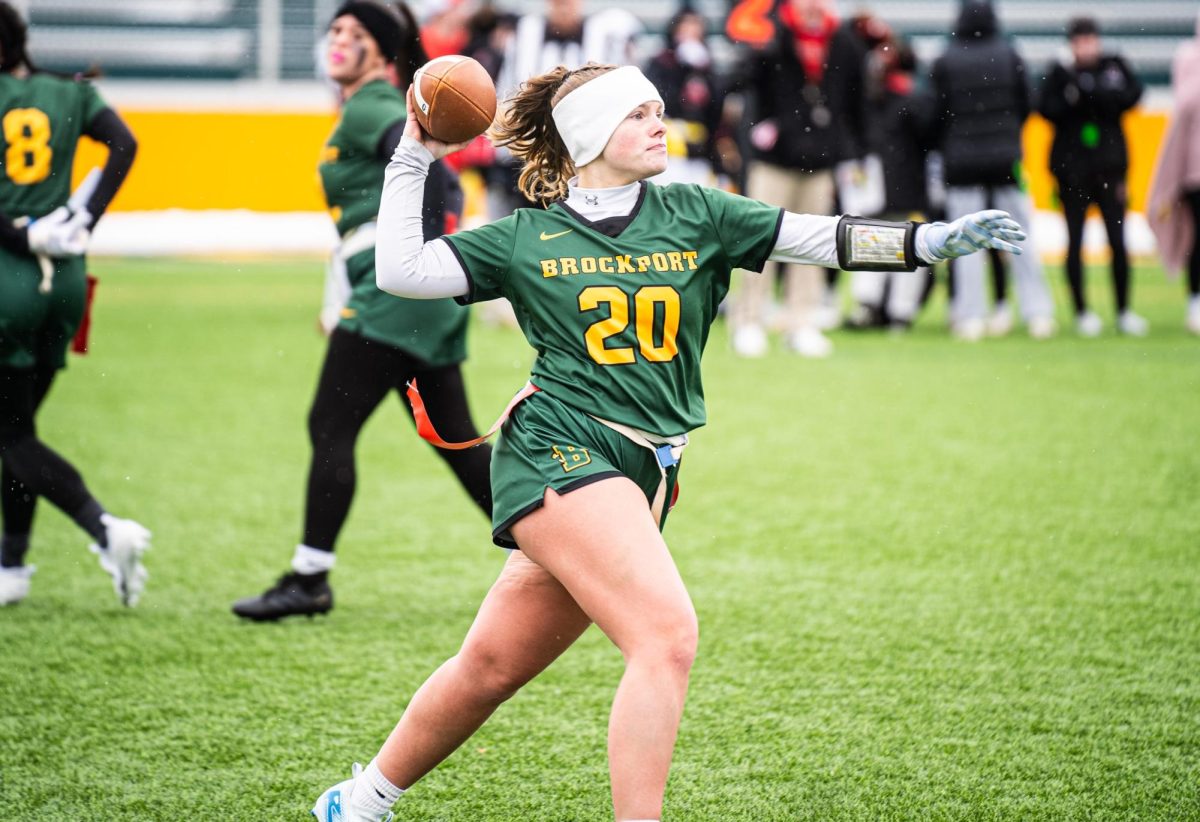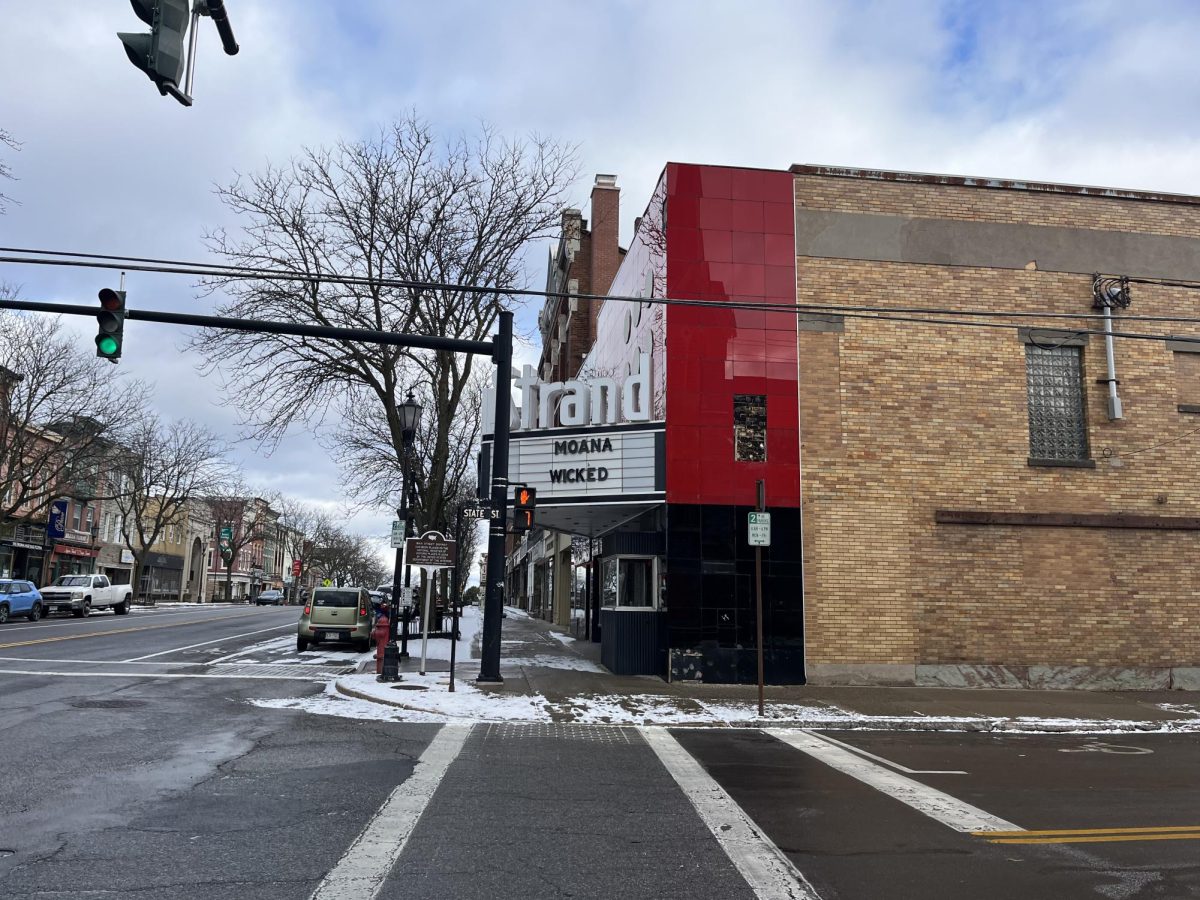By Trinity Wilson

Photo taken by Trinity Wilson
When the Spring 2020 semester began, teachers and students at SUNY Brockport never would have expected that classes would move online.
Alongside the other sixty-three SUNY colleges, The College at Brockport will remain closed for the remainder of the semester due to the pandemic. Therefore, teachers and students have to convert from face to face to online learning.
Having twenty-eight years of teaching under his belt, Journalism and Broadcasting Professor Carvin Eison believes that this experience has truly tested his skills as an professor.
“The transition from face to face teaching to online teaching is one of the biggest challenges I have ever faced in my twenty-eight years of teaching, “said Eison. This has been a challenging and emotional transition, it has been something that I would have never looked forward to or thought would have happened.”
Eison believes that teaching face and face and doing online learning are vastly different learning environments.
“Teaching online is exceedingly difficult because you are faced with an entirely new style of learning, said Eison. It forces you to understand your curriculum because now you must explain it in a completely different way through a different medium that is very cold.”
Eison says that this transition has not only taken a toll on himself but his students as well.
“When I look at the faces of my students on the video conferencing software, they feel the same way. Some of them that had difficulty coming to class now really wish they could come to class because of the confinement issues,” said Eison.
Eison says that bonding with his students in a classroom environment is very important. He believes having that face to face interaction is essential for education.

(The College at Brockport providing assistance to teachers on how to covert to online learning Photo Taken By Trinity Wilson
In a college of nearly 630 professors, transitioning coursework to an online format can become an obstacle. Professor Marsha Ducey says that the transition to online learning has taken some time to get used to.
“I am not sure that I have adjusted yet, “said Ducey. It has been a crazy whirlwind of things to do and people to talk to. Everyday there is something new. Everything takes longer doing it remotely.
Ducey believes that courses that rely heavily on classroom interactions are the most affected.
“What I had to change substantially is the “working newsroom” concept that one of my classes was going to be in the second half,” said Ducey. All students have positions for Brockport Beat. Instead of the class working together, I am doing a lot of the backend work. I am merging spreadsheets of data that we were going to do in class because it would be insane to try to do that virtually with 20 students”.
Ducey says that she remains in contact with her students through virtual office hours and social media. She believes that providing as much support for her students as possible is very important.
Adjunct lecturer, Stephanie Jackman, who works in the department of social work believes that one of the many challenges of online learning is that the conversion process is very time consuming.
“The biggest challenge was the amount of time it took to converse everything on to an online format,” said Jackman. I think that having to create new and pre-existing assignments is not as effective being conducted online.”
Jackman says that she is doing her best to help others in her free time. She believes that this experience has made many students feel stressed and overwhelmed. Students and teachers were given a short time to adjust to these changes and some have struggled more than others.
“I am spending a lot of time doing telehealth therapy sessions from my home office. As a result of the pandemic, people are experiencing increased levels of mental health crises, teletherapy services have been approved throughout the time of the pandemic,” said Jackman.
SUNY Brockport students also have to transition from face to face to online learning. Journalism and Broadcasting major Paul Elliot says that every student’s experience with online learning is different.
“I have always enjoyed online learning, but the problem is a lot of teachers haven’t had a lot of experience teaching that way. It can be a smooth transition, but it will only be as smooth as the teacher makes it and so for a lot of people, I think it is hit or miss,” said Elliot.

(The College at Brockport website displaying tips for students on online learning-Photo Taken by Trinity Wilson)
Elliot believes that online learning does have challenges.
“Staying on track seems to be a big challenge, ” said Elliot. We are at home and we get lost in whatever we are doing to stay entertained and it’s hard sometimes to remember that we are still in school and have work to do. “It’s easier to stay on track when you go to class because it keeps you on a schedule and now, we have to adapt to a new one to stay on top of things.”
Journalism and Broadcasting major George Gandy says that he thrives in a face to face learning environment. He worries about how this transition will affect his grades as he tries to adjust to this new way of learning.
“Retaining information is the hardest challenge. When I’m face-to-face, I learn better since it’s more personal and conversational,” said Gandy. When I’m told to read things, post stuff on Blackboard and watch videos, that just makes it harder for me to retain information.”
Ducey says that even though these are hard times, she believes that as professors they have the make the best out of the resources they have.
“We’ve just got to make it work. These are not the classes that students signed up for. But we’ve got to make them work so students still learn,” said Ducey.
Eison believes that the main focus is to support students through this time of uncertainty.
“Right now we should be encouraging students to do their best and remind them that this is not their fault, said Eison. We need to remind them that real education takes place in moments of uncertainty. When you’re not certain what’s supposed to happen, that is where education really takes place.”
As the semester rolls into May, many students and professors are continuing to adjust to online learning.




























